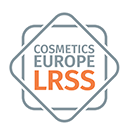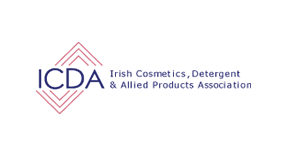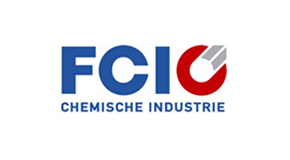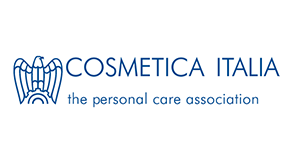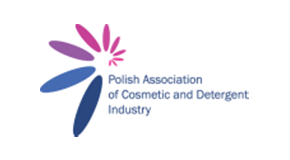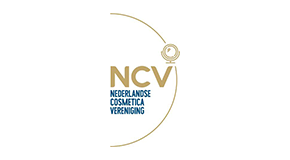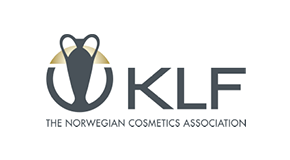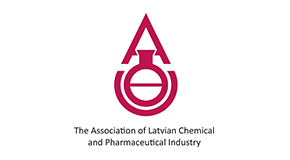- Home
- >
- Projects & Research
- >
- Skin sensitisation
Skin sensitisation
We are working to strengthen our understanding of how chemicals react with the skin and activate the body’s immune system to cause allergic contact dermatitis. As this affects approximately 15-20% of the human population, LRSS has a dedicated programme to develop a full set of in vitro methods that can be used to determine the ability of cosmetic ingredients to cause skin allergy. However, reaching this ambitious goal is demanding due to the complex biology behind the induction of allergic contact dermatitis.
Several in vitro methods for skin sensitization have been developed by Cosmetics Europe members or through joint projects with Cosmetics Europe. The current challenge is developing a testing strategy that would be fit- for-purpose for the prediction of sensitization hazard and potency. Such strategies can in principle be applied for any substance and therefore can be of use to other sectors and products.
To achieve the goal above we have screened, identified and evaluated 16 different in vitro test methods over the past years and in a second stage compared the performance of a subset of these methods with historical animal data (LLNA) and human data. Our next step in this work is the analysing the applicability domains of the in vitro methods by testing substances with challenging characteristics.
Our current knowledge suggests that more than one alternative method will be needed to decide if a chemical can induce skin sensitisation in human. The combination of more than one method is called a defined approach or testing strategy. Many approaching combining different in vitro methods for skin sensitisation have been published in the recent years and we have used our data set to challenge the defined approaches for their capability to predict skin sensitisation. The evaluation showed that several non-animal testing strategies incorporating in vitro, in chemico, and in silico inputs demonstrated equivalent or superior performance to the animal assay when compared to both animal and human data.
To complete the array of methods and approaches we will be exploring further the options for the use of T cell assays in a case study scenario and we will work on a research project where the main objective is to investigate the possibility of developing a quantitative chemical reactivity mapping of skin sensitizers in a living human epidermis model.
CONTACT

Avenue Herrmann Debroux 40
B-1160 Brussels Belgium
LRSSinfo@cosmeticseurope.eu
Tel: +32 2 227 66 10
Fax: +32 2 227 66 27
